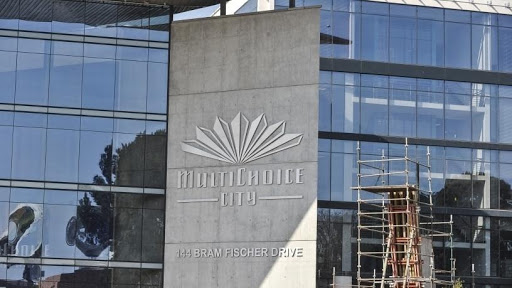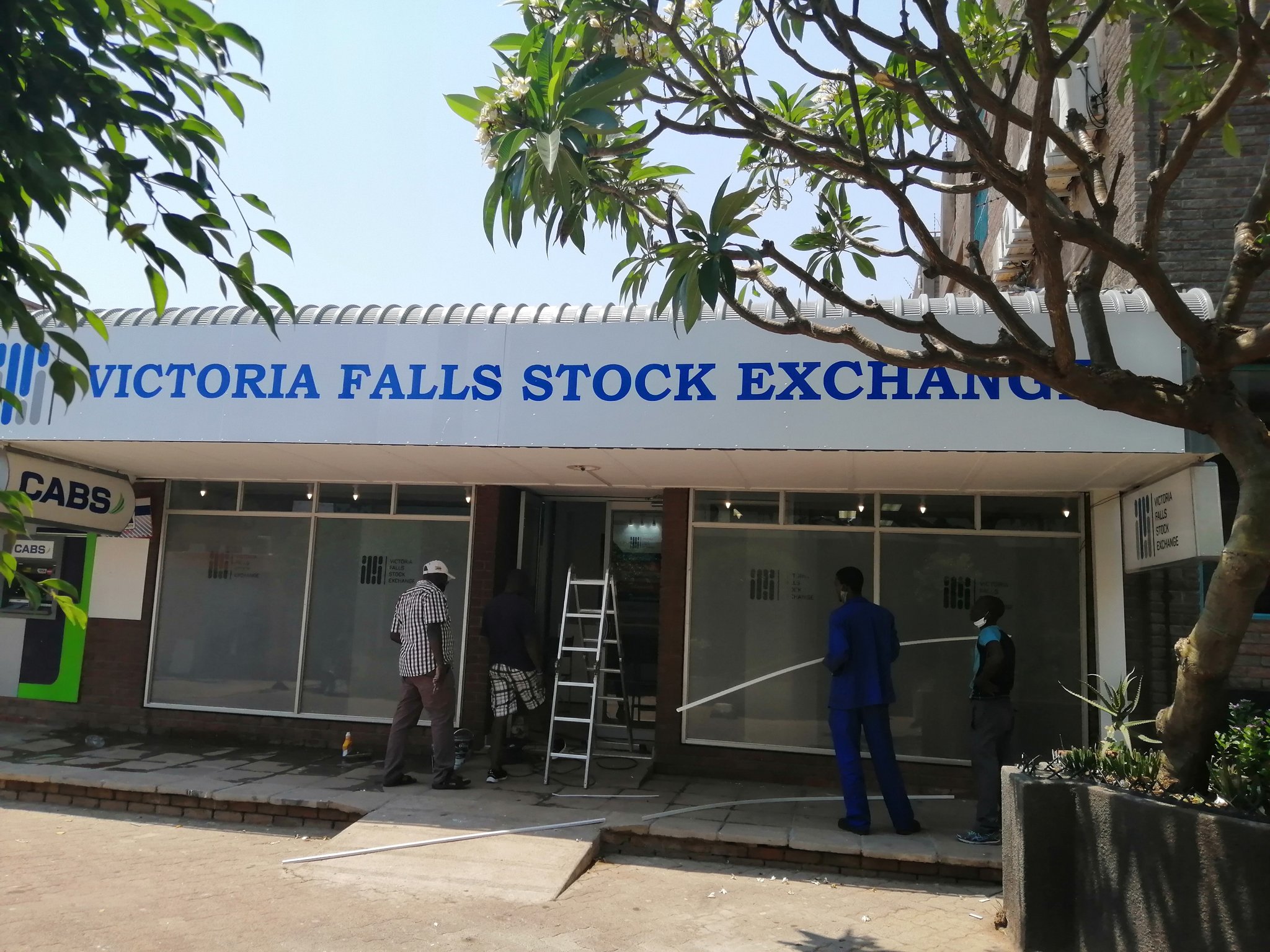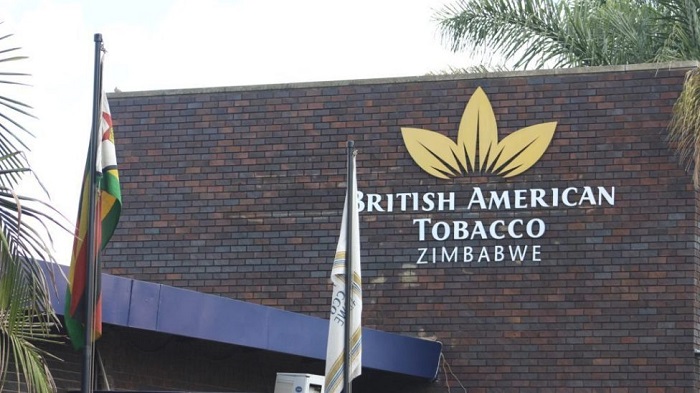Agri-insurance key to higher yields
There is a line of cars parked alongside Ngong road, one of the feeder roads into Nairobi’s central business district. Their boots are open and they are selling fresh fruits and vegetables.
The cars belong to middle-income farmers who left the city either after being laid off during Covid-19 or in response to the government’s work-from-home directive.
Their return to their rural farms triggered an increase in the country’s production of fruits and vegetables and rather than letting their produce rot, these farmers drove into the city and turned a road that was part of their daily commute into a farmer’s market.
These urbanite farmers occupy a unique position in Kenya’s agricultural sector.
Farming is not their sole income source. It is a side hustle, a practice that is growing more common among Kenyans as they balance full-time employment and entrepreneurial ventures.
Unlike smallholder farmers in rural areas, these farmers are also educated. They have lived in the city and are familiar with the country’s financial services.
Some may even have taken a loan from a commercial bank to develop their agricultural land, and with it would have likely received credit life insurance designed to pay off their loan in the event of disability or loss of life.
By securing funding for their agricultural ventures, these middle-class farmers are an anomaly in a country where only four percent of the total lending portfolio of commercial banks is for agribusiness, despite most Kenyans being employed in agriculture or agribusiness.
“A lot of people have gone back into farming and we are seeing more knowledgeable people in the farming business. The (finance and) insurance piece will now start to come full circle as they see farming as a profitable business,” said Aggrey Mulumbi, Managing Director of Kenya Commercial Bank’s Insurance Agency.
The return of urbanites to their rural farms was flagged as a concern by the Kenya Bankers Association in their first research note of the year (January 2021): “The economy that was facing a transformation away from a strong dependence on agriculture in favour of services has automatically reverted to rely on agriculture,” it says.
The report goes on to caution that the reprieve the economy is currently enjoying is extremely fragile, since agricultural activity is highly uncertain, particularly when it is extensively rain-fed.
Agri-insurance key to bigger harvests
Unpredictable weather patterns have devastated agricultural sectors across Africa, with drought and excess rain causing heavy losses to farmers. Smallholder farmers and rural communities have been the worst affected since they cannot manage these risks by themselves and often lack access to adequate financial instruments.
Agricultural insurance is the most complex, and the most rewarding, financial service that can be offered to smallholder farmers.
It offers them security and resilience, and in the long run makes them more willing to try modern farming methods, which are key to producing bigger harvests.
The global agricultural insurance market is estimated at $29bn but Africa’s insurance sector is underdeveloped.
Overall insurance penetration in East Africa is less than five percent — among the lowest on the continent.
Traditional insurance products are typically too expensive, with higher premiums and slower payouts prompting farmers to forgo insurance completely.
Index-based agricultural insurance, however, has the potential to offer a more promising solution since it relies on objective indices, such as rainfall, temperature, and area crop yield.
Insurers pay a percentage of a farmer’s claim based on the amount of rainfall received during a specific planting season, so, for instance, if a certain part of the country receives 70 percent of the expected rainfall, insurers expect farm output to be at 70 percent and pay out a claim on the 30 percent.
Most agri-insurance products today are weather index-based, but the situation is not without its challenges since farmers continue to follow traditional planting seasons and have not adapted to meteorological predictions, making them more susceptible to loss triggers such as flooding, frost, and failure of rainfall.
In Kenya, other challenges include a shortage of experts to analyse data from meteorological stations.
Kenya Commercial Bank’s (KCB’s) approach in the market has been to leverage its role as primary banker to Kenya Seed, a parastatal under the Ministry of Agriculture and Irrigation, and the One Acre Fund, a non-profit social enterprise headquartered in Kenya.
Both provide farm inputs to smallholder farmers, and as of May 2020, the One Acre Fund actively served over one million farmer families in Kenya, Rwanda, Burundi, Tanzania, Uganda, Malawi, Zambia, Nigeria, Ethiopia, and India.
These partners aggregate individual farmers, and KCB provides a loan that is bundled with farm inputs with an insurance cover add-on.
By following this approach, KCB has been able to minimise the insurance premium to around Ksh6.00 for every Ksh1,000 worth of farming, which was further discounted to Ksh3.00 through their partnership with the Mastercard Foundation.
Insurtech enters the scene
Relying on farm input providers to aggregate individual farmers into insurable groups has also been a successful strategy for Kenyan insurtech firm Pula, which received $6m in Series A funding in December 2020 to increase the uptake of agri-insurance by farmers.
(Insurtech refers to the use of technology innovations designed to squeeze out savings and efficiency from the current insurance industry model.
Insurtech is a combination of the words ‘insurance’ and ‘technology’, inspired by the term fintech.)
Pula bundles its insurance products with farm inputs, such as fertiliser, seeds, or credit, and has successfully insured 4.4m farmers across 13 African markets since 2015.
Their approach leverages technology to reach previously inaccessible communities, and up-scales much faster than banks or insurance companies.
A cornerstone of their approach is educating smallholder farmers, and helping to create a relationship of trust between farmer and insurer.
“Disappointment is the difference between expectation and reality,” said Thomas Njeru, Pula’s co-founder and co-CEO during an insurtech webinar in February, adding that helping smallholder farmers understand insurance through digital means makes the concept more tangible and trustworthy.
“The relationship can be further enhanced by providing value to farmers even where there are no claims,” he said.
See full article on www.herald.co.zw
While the assumption is that smallholder farmers need more education on financial products than middle income farmers, this is not true, according to the head of KCB’s Insurance Agency.
Middle income farmers may be more financially literate, but they see farming as a side hustle, underestimate the risks involved, and rely on their salaries to cover any losses. “That kind of assurance of ability to generate capital is a fallacy,” said Mulumbi.
In the absence of government-subsidised agricultural insurance schemes to protect farmers from unpredictable climate changes, the scalability of agri-insurance in emerging African markets relies on the creation of an enabling environment through policies, infrastructure, innovative products, distribution channels, and technology.
In the World Bank’s most recent Enabling the Business of Agriculture report, Kenya was ranked second-best in Africa for providing an enabling environment for agribusiness, with a score of 64.8 out of 100.
While its performance is worth celebrating, Kenya’s score is higher than the average score across countries in Sub-Saharan Africa (40.69), suggesting that scalability initiatives are not having enough of a positive impact to address food security concerns in the region.
In the absence of government-driven programmes, the onus continues to fall on the private sector.
KCB and Pula are already scaling up their agri-insurance activities. KCB is Kenya’s largest commercial bank by assets and although its agri-insurance activities are currently focused on Kenya, where it leverages its 200-strong branch network and partnerships with farm input distributors, this may not be the case for much longer.
“KCB’s insurance business has been strongest in Kenya. Kenya has been the driving market, but as we build the insurance business, we will be scaling up to offer this across the seven countries that we operate in,” said Mulumbi, suggesting that their operations in Uganda, Tanzania, Rwanda, Burundi, Ethiopia and South Sudan may soon see the introduction of a similar agri-insurance model.
Pula, meanwhile, has used its digital- first approach to increase access to smallholder farmers in far-flung areas. It currently offers agri-insurance solutions in 13 African countries with plans to expand to 25, including some in Asia and Latin America.
“We have the technology, the platform, and the execution capability. All we need is the partnerships to allow us to get into new territories,” said Njeru. In 2019, the insurtech collaborated with the Fertilizer Producers and Suppliers Association of Nigeria to create a new insurance product for smallholder farmers in the West African nation.
Large commercial lenders like KCB and nimble insurtech companies like Pula have undoubtedly disrupted the continent’s traditional insurance sector. As these external entrants set their sights on scalability, it is likely that they will continue to define the agri-insurance space in Africa. – New African-herald.zw









